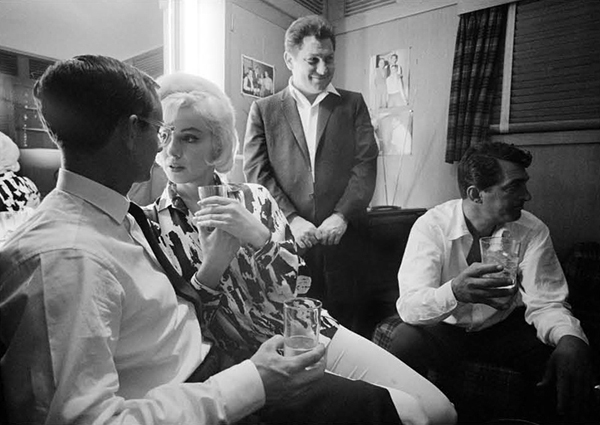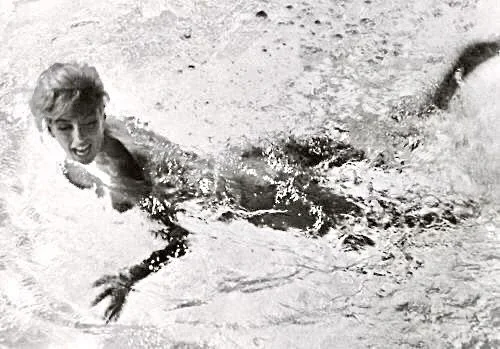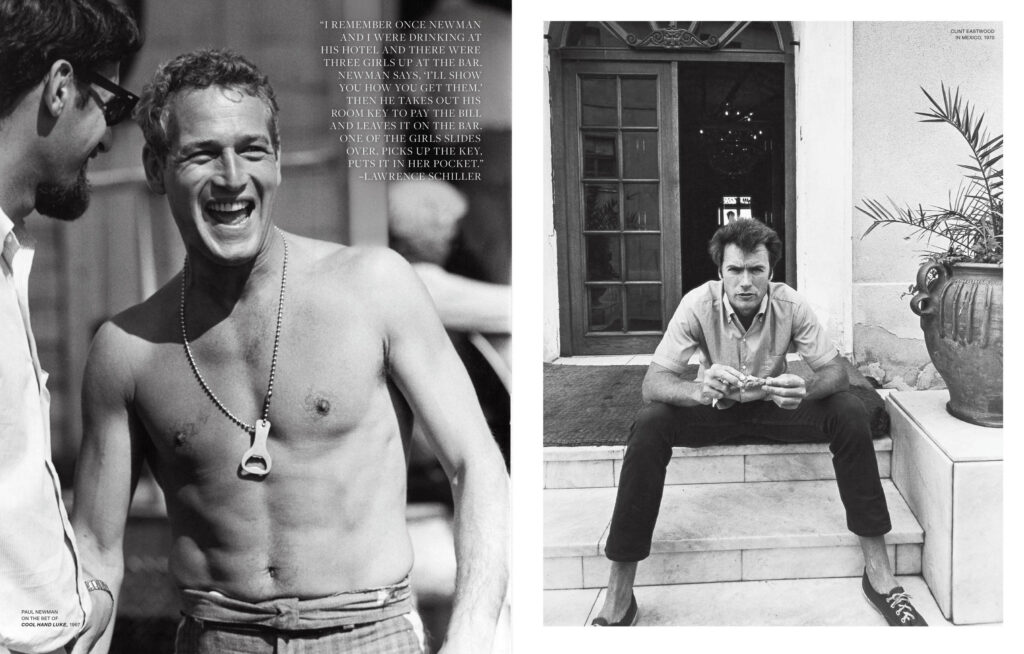Available Artworks

Marilyn 12 Roll 14 Frame 17
B&W Photograph (Limited Edition 31_75)
1962
36” x 48” framed

Marilyn Monroe during the production of "Somethings Got To Give," Los Angeles,
Printed 2017 Chromogenic print Edition 37/75 Signed by the photographer, numbered
1962
20 x 24 in | 50.8 x 60.9

Marilyn Monroe, Los Angeles, CA From the portfolio “Marilyn and Me” Photograph
Printed 2017 Chromogenic print Edition 37/75 Signed by the photographer, numbered
1962
20 x 24 in, 50.8 x 60.9 cm
Despite suffering impaired vision in one eye from a childhood accident, Lawrence Schiller’s passion for photography was unwavering. Even while attending Pepperdine College, his work was already being published in prestigious magazines such as Life, Sport, Playboy, Glamour, and the Saturday Evening Post. As his interests and ambitions grew, Schiller’s career in print journalism took off, and he documented major stories for renowned magazines worldwide, including Life, Look, Newsweek, Time, Paris Match, Stern, and the London Sunday Times. His iconic images of notable figures like Robert F. Kennedy, Richard Nixon, Bette Davis, Barbra Streisand, Marilyn Monroe, Muhammad Ali, and Madame Nhu are a testament to his perseverance, creativity, charm, and technical prowess.
In November 1963, while on assignment for the Saturday Evening Post, Schiller arrived in Dallas just in time to photograph Lee Harvey Oswald. He later secured Jack Ruby’s final interview. In 1968, after conducting extensive interviews with Lenny Bruce’s widow, Schiller and writer Albert Goldman published “Ladies and Gentlemen, Lenny Bruce” (1974). Additionally, he collaborated with photographer W. Eugene Smith to produce “Minamata” (1975), an epic pictorial chronicle of mercury poisoning in Japan.
Schiller’s foray into motion pictures began with directing a portion of “Butch Cassidy and the Sundance Kid” (1969), starring Paul Newman and Robert Redford, followed by “Lady Sings the Blues” (1972) with Diana Ross. In 1971, he produced and co-directed the acclaimed documentary “The American Dreamer” on Dennis Hopper. His editorial direction on “The Man Who Skied Down Everest” (1972) earned the film an Oscar for Best Feature Documentary. In 1986, after obtaining extraordinary cooperation from the Kremlin, he executive produced and co-directed the Emmy Award-winning television mini-series “Peter the Great,” featuring Maximilian Schell, Vanessa Redgrave, and Laurence Olivier.
One of the most remarkable aspects of Schiller’s career was his unique friendship and collaboration with Norman Mailer, which spanned nearly thirty-five years. Together, they worked on books such as “Marilyn” (1973), “The Faith of Graffiti” (1974), “Oswald’s Tale” (1995), “Into the Mirror” (2002), and “The Executioner’s Song” (1979), for which Mailer won the Pulitzer Prize. Schiller, who conceived the project, conducted extensive research, interviews, and legwork for the book. He outmaneuvered numerous other reporters to gain exclusive access to the book’s subject, Gary Gilmore, and went on to produce and direct the award-winning television miniseries based on it, starring Tommy Lee Jones.
Schiller also played a significant role in the O.J. Simpson case as part of the so-called “Dream Team” defense. With his unique insider’s perspective, he co-wrote (with James Willwerth) the New York Times number one best-selling book “American Tragedy” (1996). His reporting on antisocial behavior became the basis for numerous books, motion pictures, and documentaries, many of which he produced and directed.
Throughout his career, Schiller has served as a consultant to NBC News, the John F. Kennedy Library Foundation, and the Annie Leibovitz Studios, among other photographic archives. He has also contributed to publications such as The New Yorker and The Daily Beast. Following Norman Mailer’s death in 2008, Schiller was appointed President and Co-Founder of the Norman Mailer Center and Writer’s Colony in Provincetown, Massachusetts. Currently, he acts as a consultant and advisor to various estates and trusts, helping to monetize and preserve the legacies of notable figures in America.












